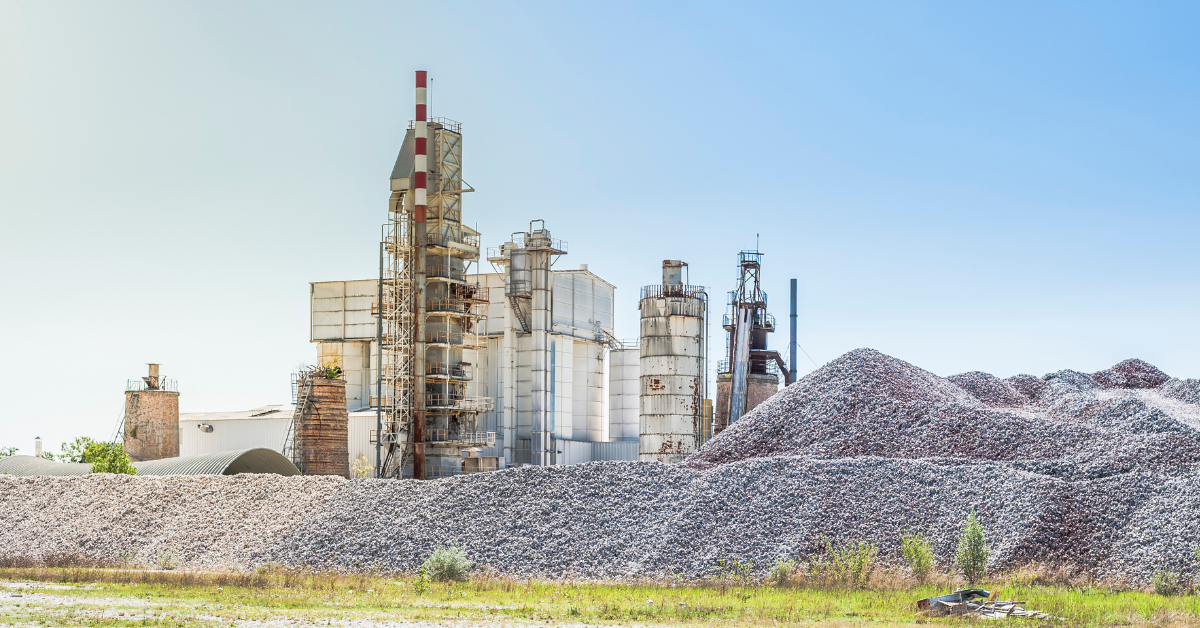I recently visited Stanford University’s Graduate School of Business to give a lecture on the lessons drawn from Carbon Clean’s 15-year growth journey. It was such a fulfilling trip, which left me reflecting on the early days when Aniruddha and I co-founded the business. We met as students at the Indian Institute of Technology (IIT) Kharagpur, and discovered a shared passion for addressing a challenge we knew all too well.
Growing up in Jaipur, as temperatures rose and water shortages became ever more acute, I witnessed the impact of climate change first hand. That reality stayed with me. I was interested in exploring how technology could be harnessed to mitigate the impact of climate change, in particular decarbonising the heavy industries we rely on the most.
Although carbon capture technology had been used since the 1970s, very few people were talking about it when I was at university. The market appeared to be non-existent. By the time Aniruddha and I started learning about carbon capture, utilisation and storage (CCUS), it felt to us as if little had changed for decades.
Making the Greatest Impact
So how did we build a company in an undefined market, where the existing technology wasn’t evolving at the pace we believed it could?
Innovating for a market that doesn't yet exist is no easy feat. It requires more than just technical expertise; it demands a willingness to embrace ambiguity and trust your instincts. We knew that climate change would be the challenge of our generation – and for many generations to come. It demands pragmatic, targeted action, focused on where the impact is greatest. This is why we made it our mission to decarbonise essential hard-to-abate industries.
Our starting point was the huge opportunity we saw to radically improve the solvent at the heart of the capture process. But ultimately we knew that CCUS technology would need to be much more efficient in terms of cost and space. One of the biggest challenges was making carbon capture more commercially and logistically viable so that it could be deployed at scale.
I stressed to the Stanford students that Carbon Clean wouldn’t be where it is today if we’d prioritised short-term revenue to the detriment of progressive innovation.
Our breakthrough modular CycloneCC technology is the result of 15 years of R&D. It is fully modular, prefabricated and skid-mounted, transforming the economics of carbon capture. CycloneCC’s equipment is 10 times smaller than conventional carbon capture solutions, and reduces CapEx and OpEx by up to 50%.
Creating Opportunities to Deliver
Today, carbon capture is projected to be a trillion-dollar market. So how does Carbon Clean plan to seize this opportunity?
I believe that our relentless focus on innovation and strong partnerships across industry and government has been the cornerstone of our success.
Collaborating with major industrial players deepens our understanding of the challenges they face, enabling us to continuously refine our technology. We’re proud to work with global leaders such as Chevron in the US, CEMEX in Germany, Tata Steel in India, and ADNOC in Abu Dhabi, where CycloneCC has been selected for a carbon capture project at Fertiglobe’s plant in the Al Ruways Industrial Complex. Our work on Ørsted’s FlagshipONE in Sweden and our partnership with SAMSUNG E&A are expanding our horizons in eFuels and shipping respectively, where CCUS can unlock new opportunities to decarbonise.
I’m encouraged that climate change is finally occupying a more central position on the global agenda. Crucially, the necessity of CCUS was recognised in the COP28 final agreement, underlining how there can be no net zero without carbon capture.
Against this backdrop, I hope the clean tech innovators of the future are galvanised to develop solutions that can truly change the world.


